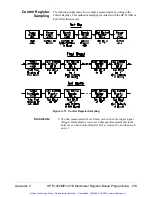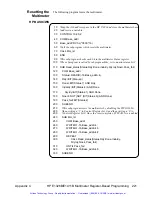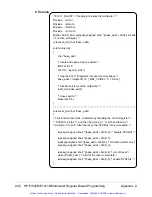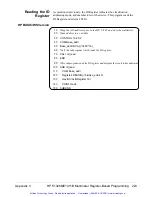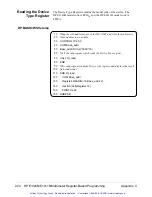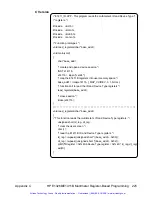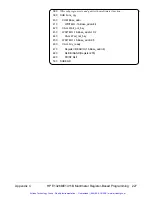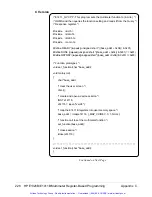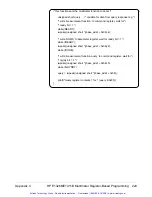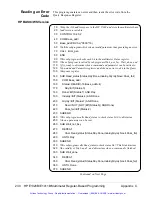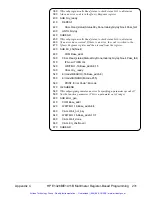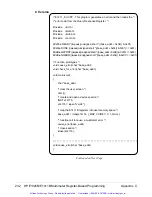
Multimeter
Triggering Model
The following models suggest one method of triggering the multimeter
when it is used to make stand-alone or scanning measurements.
Comments
•
For burst measurements, the number of times Trigger Immediate is
executed is equal to the number of bursts (trigger count) specified.
•
For scanning measurements, the number of times Trigger Immediate
is executed is equal to the number of channels (trigger count)
specified.
•
When the Trigger Source is Hold and the multimeter is placed in the
Wait-for-trigger state (Trigger Arm), triggering the multimeter
(Trigger Immediate) causes the readings to be appended (rather than
overwritten) in the buffer.
•
When making burst or scanning measurements, a waiting period (not
shown) is usually inserted between each burst/scan trigger (Trigger
Immediate). This allows each measurement (in the burst or on the
channel) to complete before the next trigger is issued. The period is
determined by the number of readings and the aperture time.
For burst measurements, the waiting period enables all bursts to
occur before the readings are read from the data buffer. Status bit 4
(Data Ready) can be monitored between bursts; however, the data
must be read from the buffer before the next trigger is issued. This
clears the bit so that data from the next burst can be detected.
•
For burst and scanning measurements, the sample source and sample
rates can be set as required.
Figure C-10. Multimeter Triggering Model
218 HP E1326B/E1411B Multimeter Register-Based Programming
Appendix C
Artisan Technology Group - Quality Instrumentation ... Guaranteed | (888) 88-SOURCE | www.artisantg.com
















